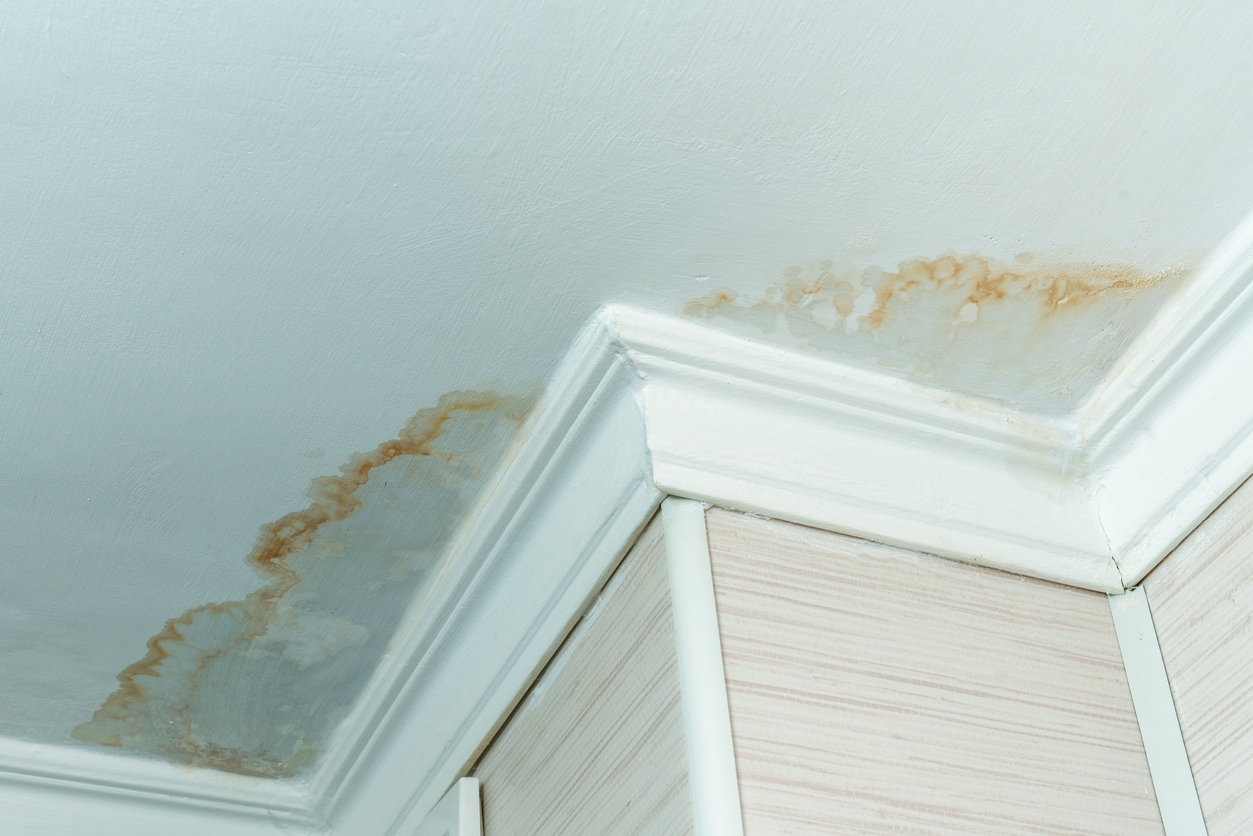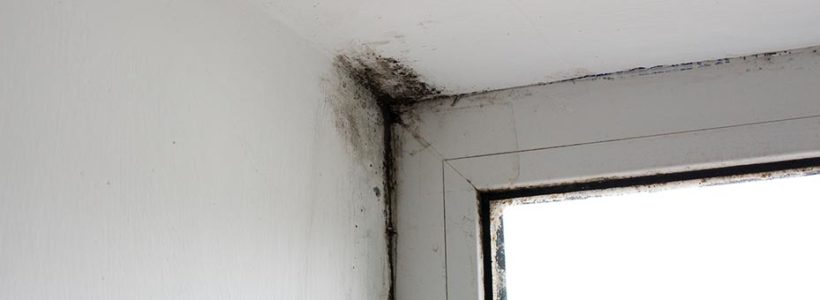Steps to Discover and Fix Water Stains on Walls
Steps to Discover and Fix Water Stains on Walls
Blog Article
The content down below about Indicators of Water Damage Behind Walls is highly captivating. You should give it a look.

Water spots on wall surfaces are not pleasurable to the eyes. Occasionally it appears almost unpreventable to experience water spots on walls in houses.
Property owners living in humid areas regularly deal with the concern of water stains on walls. With precise and well-rounded details on the causes of water stains and also punctual repair procedures, you will certainly constantly be a step in advance of such incidents.
3 Typical Root Causes Of Water Spots on Walls
In contrast to popular belief, water discolorations on walls do not always originate from bad building products. There are numerous reasons for water stains on wall surfaces. These include:
Wet
When hot wet air consults with completely dry chilly air, it triggers water beads to form on the wall surfaces of buildings. When there is vapor from cooking or showers, this takes place in washrooms as well as cooking areas. The water beads can stain the bordering walls in these parts of your residence as well as infect various other areas.
Wet or condensation affects the roofing system and also walls of structures. This triggers them to show up darker than other areas of the residence. When the wall is wet, it produces a suitable atmosphere for the development of microbes as well as fungis. These might have negative results on health, such as allergies and also respiratory disorders.
Poor Drainage
When making a building plan, it is essential to make certain appropriate drain. This will avoid water from leaking right into the wall surfaces. Where the water drainage system is clogged or nonexistent, underground dampness builds up. This web links to excessive wetness that you discover on the walls of your building.
The leading cause of wet walls, in this instance, can be an inadequate water drainage system. It can additionally be due to poor monitoring of sewer pipes that run through the building.
Pipe Leaks
Most homes have a network of pipes within the walls. This makes sure that the pipes are well away from the reach of devastating rats. It constantly boosts the viability of such pipes, as there is little oxygen within the wall surfaces. This discourages rust.
A drawback to this is that water leak impacts the walls of the building and also triggers widespread damages. An indicator of defective pipes is the appearance of a water tarnish on the wall.
Pro Tip
A houseplant in your house also raises its moisture. So, if the house is currently moist, you may want to present houseplants with marginal transpiration. An example of appropriate houseplants is succulents.
Water Stains on Wall Surface: Repair Work Tips
When dealing with water discolorations, property owners would generally want a fast repair. They would soon understand this is detrimental as the water discolorations recur. So, below are a few useful pointers that will certainly guide you in the fixing of water spots on walls:
Verdict
Although no one wants to have water stains on walls in their residence, it can take place to the best of us. This short article offers you leverage, as you now know how to handle this mishap if it does occur.
It is always best to hire professional services to assist repair the damages in your home.
In some cases it seems practically unavoidable to experience water spots on walls in homes.
Contrary to preferred belief, water spots on walls do not always stem from poor structure products. There are numerous causes of water discolorations on wall surfaces. The water beads can discolor the surrounding walls in these components of your residence and also spread to other areas.
Right here are a few useful tips that will lead you in the fixing of water spots on walls:
CHECKING FOR WATER DAMAGE
Water damage can be costly, and it may begin before you even notice the first signs of trouble. Water damage can cause mold and mildew in your walls and floors, which can create an abundance of health concerns for your family. It can also lead to costly repairs of various appliances and general home fixtures. To avoid the pricey consequences of water damage, here are Warner Service’s top 5 places you should check:
The walls – The easiest place to spot the beginnings of water damage is on the walls and ceilings of your home. If water damage is present, there will most likely be water stains, especially around the windows and doorframes, and/or cracks in the drywall. If a stain looks unusual (discolored to brown, black or gray, raised texture), has a swollen appearance or is soft to the touch, contact a professional immediately. The pipes – To avoid water damage, consistently check the pipes in your kitchen (especially the dishwasher and ice maker), bathrooms, laundry room (specifically washing machines) and basement for corrosion, leaks and water stains. Pay special attention to where the pipes connect in your home and the location of caulking around the bathroom fixtures, including toilets, sinks, showers and tubs. Missing or loose caulking and grout could be signs of leaking water. This seepage can also quickly cause mold and rust, so double check your water heater and tank for wet spots on the floor. The floor – Water damage is very easy to spot on the floor. Look for any warping or buckling of the material, especially in the basement. If your home has wood flooring, look for bright white or dark stains. If your home has carpeting, keep it dry and clean. A damp carpet that smells of mold could cause water damage and health problems. To avoid this, consider installing floor pans under your appliances to help prevent damages from small, slow and undetected leaks. The basement and attic – If your basement or attic smells odd check for mold and mildew around the area, especially the valley where the roof meets. While you are inspecting those areas, check for wall cracks, floor stains, rust and dampness in the insulation. If you live in a colder and/or rainier climate, perform routine checks for water damage from melting snow or ice and rain. The exterior – Check the roof for damaged flashing and missing, cracked or curled shingles. There should also be no standing water anywhere outside your home. This could be caused by puddles, leaky rain gutters or hoses, poor drainage, or short gutter spouts. Invest in a sump pump system or water flow monitoring system, and perform routine maintenance on these outdoor appliances to avoid indoor water damage.

As a fervent reader on Water Stains on Walls, I thought sharing that section was worthwhile. I beg you set aside a second to promote this blog posting if you enjoyed reading it. Thanks for your time. Come back soon.
Expert attention offered. Report this page